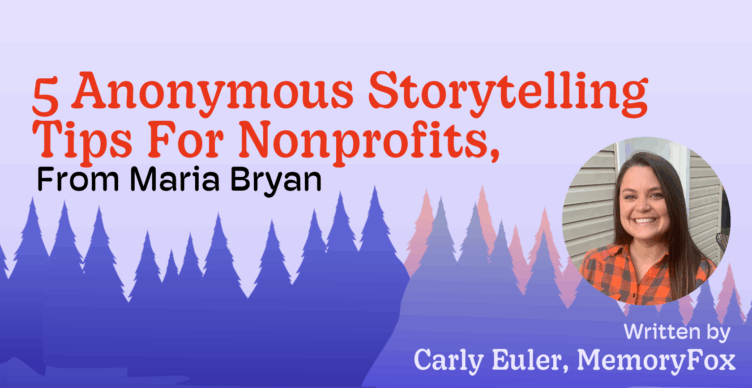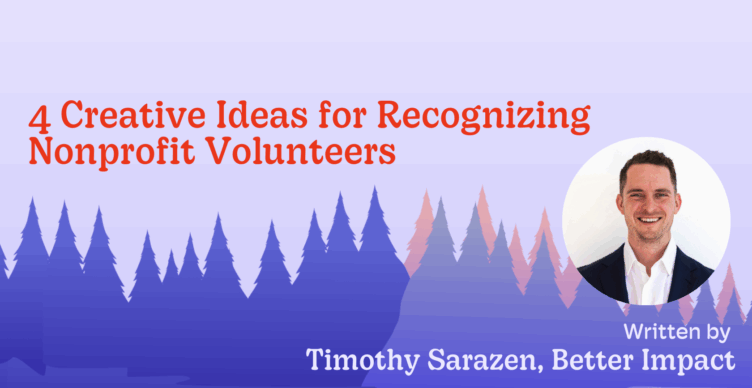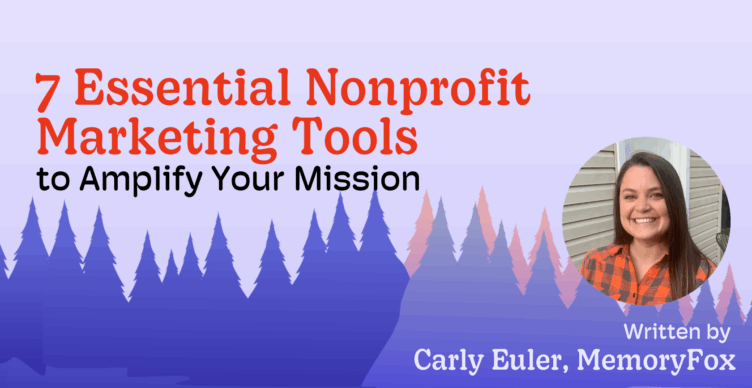Storytelling Strategy
“The Time I Was Given a Plastic Fork”: Storytelling Starts with Listening
“The time I was given a plastic fork.”
I didn’t understand what she meant at first. But the rest of the circle nodded. Others chimed in:
“The time I was served on paper plates at Thanksgiving.”
“The time I was made to sit on a newspaper at a relative’s house.”
Each one was describing a moment they were treated like a public health threat — by their own families. These weren’t metaphors. These were memories. And they carried the weight of shame, isolation, and misunderstanding.
I was sitting with members of Voices of Hope, Valleywise Health’s HIV Speakers Bureau in Maricopa County, Arizona. The program brings together people living with HIV to share their personal stories publicly with health care providers, law enforcement, teen centers, community organizations, and affinity groups. The goal is simple but powerful: reduce stigma and increase understanding.
I was invited to coach the speakers in storytelling. I teach at the Storytelling Institute at South Mountain Community College, one of the few academic centers in the U.S. dedicated to oral storytelling. I’ve coached hundreds of people how to tell their true, first-person stories. I arrived with a plan.
And quickly realized I needed a new one.
Letting the Room Lead
I began with foundational storytelling elements: picture-making, emotional clarity, and narrative structure. I had prepared a handful of prompts to help the group begin shaping their stories. But by lunch on the first day, I could tell my model wasn’t the right fit.
Everyone in the room had already lived through years of navigating stigma, disclosure, judgment, and broken systems. My prompts suddenly felt shallow. More importantly, I felt the weight of not knowing enough — my knowledge of HIV had fallen behind the current science, and I was aware that my language could cause harm.
So I changed course.
The Power of Community-Created Prompts
That afternoon, we moved our chairs into a circle. I had already introduced basic story crafting techniques. Now, I invited the participants to offer their own memories, the moments in time that serve as the building blocks of personal storytelling. Moments that mattered. Things they felt deeply, or remembered clearly, even if they didn’t know why yet. I listened. I took notes. And together, we shaped each one into a story prompt.
Here are just a few of the story prompts they created:
- The time I fired a doctor.
- When I realized I needed to build my own community.
- The time I told someone my status — and it went fine.
- Something I got wrong about HIV.
- The time I advocated for myself with my care provider.
- The time I was misjudged.
- How I maintained a serodiscordant relationship… or didn’t.
- The time I thought I found the right medication, but it didn’t work out.
- The time I was given a plastic fork.
These weren’t vague ideas like “tell a story about resilience.” They were grounded, specific, lived. These were the stories that could do the heavy lifting of stigma reduction, without ever needing to use those words.
Stories invite stories. As one surfaced, others followed. Repetition builds courage. Hearing someone else speak made it easier to take a risk. The group became a living archive, each story adding depth, clarity, and connection. Some realized they’d never shared these moments aloud; others recognized how long they’d carried them alone.
What Changed in the Room
The process shifted the room. We were no longer working from a top-down curriculum, we were co-creating a story landscape shaped by lived experience.
Participants didn’t just open up because they were asked, they opened up because the room became theirs. I stepped back from teaching and focused on facilitation, creating space for everyone to speak, reflect, and be heard. Some moments were cathartic. Some were surprisingly light. Many were painful. But they belonged to the people who had lived them.
The act of creating prompts together allowed participants to frame their own experiences — to choose what mattered, what to say, and how to say it. And because the prompts came from them, the stories were not only more powerful, they were more honest.
This wasn’t therapy. But it was deeply therapeutic. And it built community in real time.
“I learned that I have the potential to share humanizing stories about my HIV experience, as long as I don’t overthink, outline, and take a few deep breaths.” — Participant feedback, Voices of Hope session
What This Model Offers
If you are facilitating storytelling work in public health or human services spaces, especially with people who’ve experienced marginalization or trauma, here are a few takeaways from this experience:
- Start with listening. Don’t walk in with a message, walk in with a method for surfacing what’s already there.
- Co-create the story prompts. Lived experience produces better framing than any campaign language.
- Use a circle, not a classroom. Physical space shapes emotional space.
- Stories do the work. You don’t need to say “stigma hurts” if you’re sharing a story that shows what stigma feels like.
- Facilitation means holding space, not filling it. You don’t need all the answers, you need to protect the room.
When participants created their own prompts, they shaped the message, not one imposed from outside, but one rooted in real life.
That’s the heart of ethical storytelling. That’s what it means to center trauma-informed practice.
We say that lived experience is expertise. That day, I didn’t just say it — I lived it.
About the Author
Carly Davis, MH
Storytelling Coach
Carly Davis is a storytelling educator and coach who specializes in helping people share personal stories that build community and drive change. She teaches at the Storytelling Institute at South Mountain Community College, one of the only college-level storytelling programs in the country, and has coached over 500 storytellers through USA Today’s Storytellers Project. Carly designs custom programs for organizations like Valleywise Health and ASU’s School of Social Work, with a focus on advocacy, ethics, and trauma-informed story crafting.




